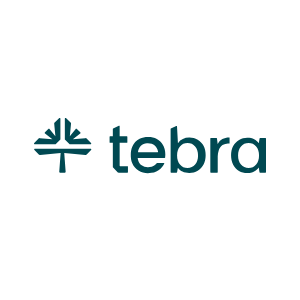EHR Incentive Program Audit FAQs
Answers to the most common EHR Incentive Payment program audit questions.
| Question | Answer |
| Who could be audited? | Clinicians who participate in an EHR Incentive Payment program, such as the Quality Payment Program may be subject to an audit. Therefore, attesting clinicians are required to retain all supporting documentation used in their attestation for a minimum of six years post-attestation. |
| What is the purpose of an audit? | Audits ensure clinicians who received an incentive payments met the requirements. |
| How do I know if I was selected for an audit? | You will receive an initial letter and email from a CMS contracted auditor. The letter will include the contractor’s contact information and the portal address where you will submit the requested supporting documentation. You may also be required to provide a Vendor Verification Letter. Once the auditor reviews and evaluates the submitted supporting documentation, they will send an Audit Determination Letter to the clinician. The letter will explain the outcome of the audit. |
| How do I request a Vendor Verification Letter? | Contact Customer Care and provide a copy of the audit letter that details the items that should be addressed in the verification letter. This may include: the practice name, provider name, provider NPI, and practice location. You will also need to provide the reporting period you are being audited for and your contact information. Tebra will provide a signed verification letter in 2 business days. |
| How do I prepare for an audit? | Create an audit binder and save two versions of it: an electronic copy and a paper hardcopy in a three-ring binder. The electronic copy should be saved in a shared folder or in the clinician’s own computer/laptop. The hardcopy version should be stored where important documentation for the practice is kept. Both versions of your audit folder should be exact duplicates of each other. This ensures that you have a backup in the event one version is inaccessible or lost. |
| What information should be included in the audit binder? | You must save the documentation that supports the data submitted during your attestation. This includes:
Note: Some certified EHR systems are unable to generate reports that limit the calculation of measures to a prior time period. Therefore, CMS suggests clinicians download and/or print a copy of the report used at the time of attestation for their records. Attesting clinicians should also be prepared for additional reviews including patient medical records. |
